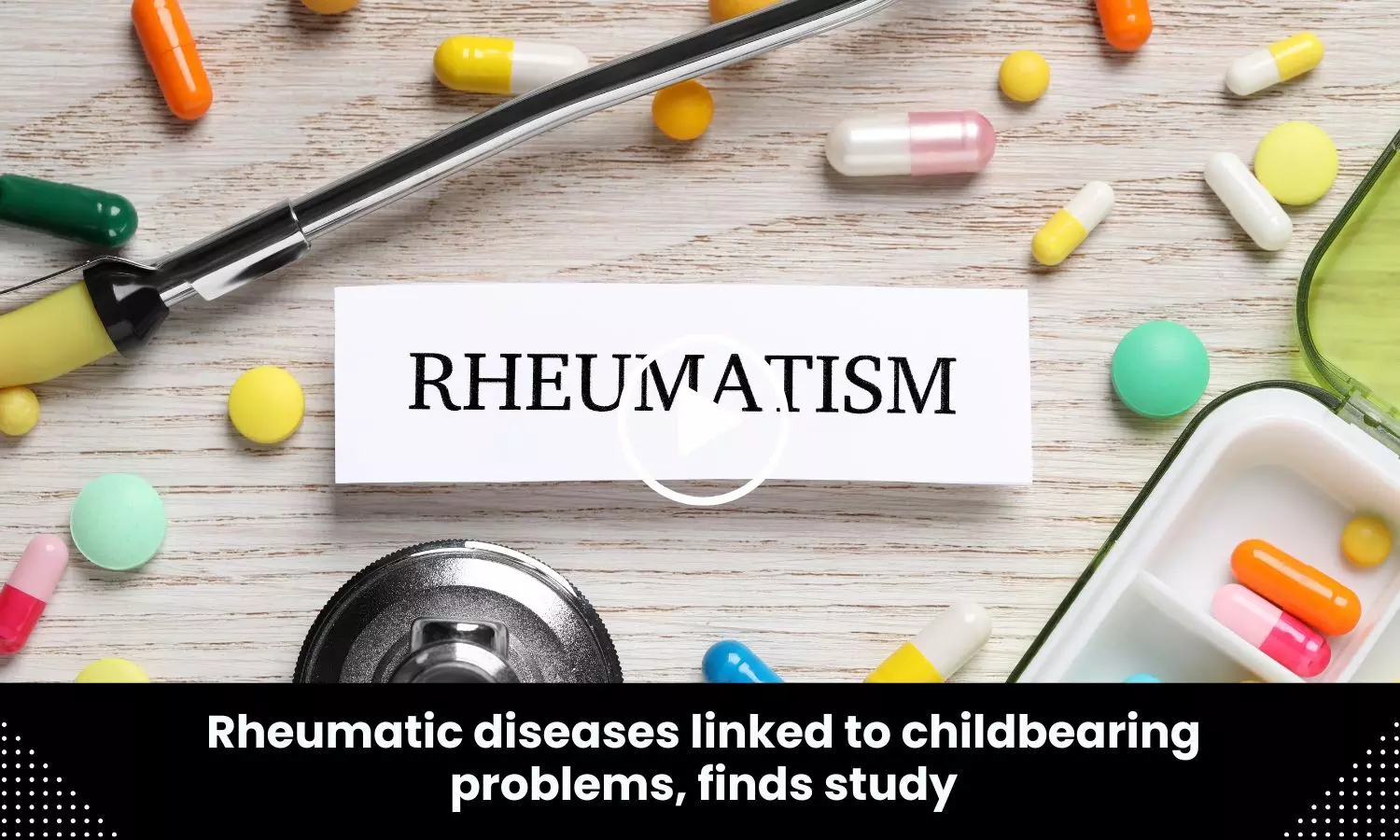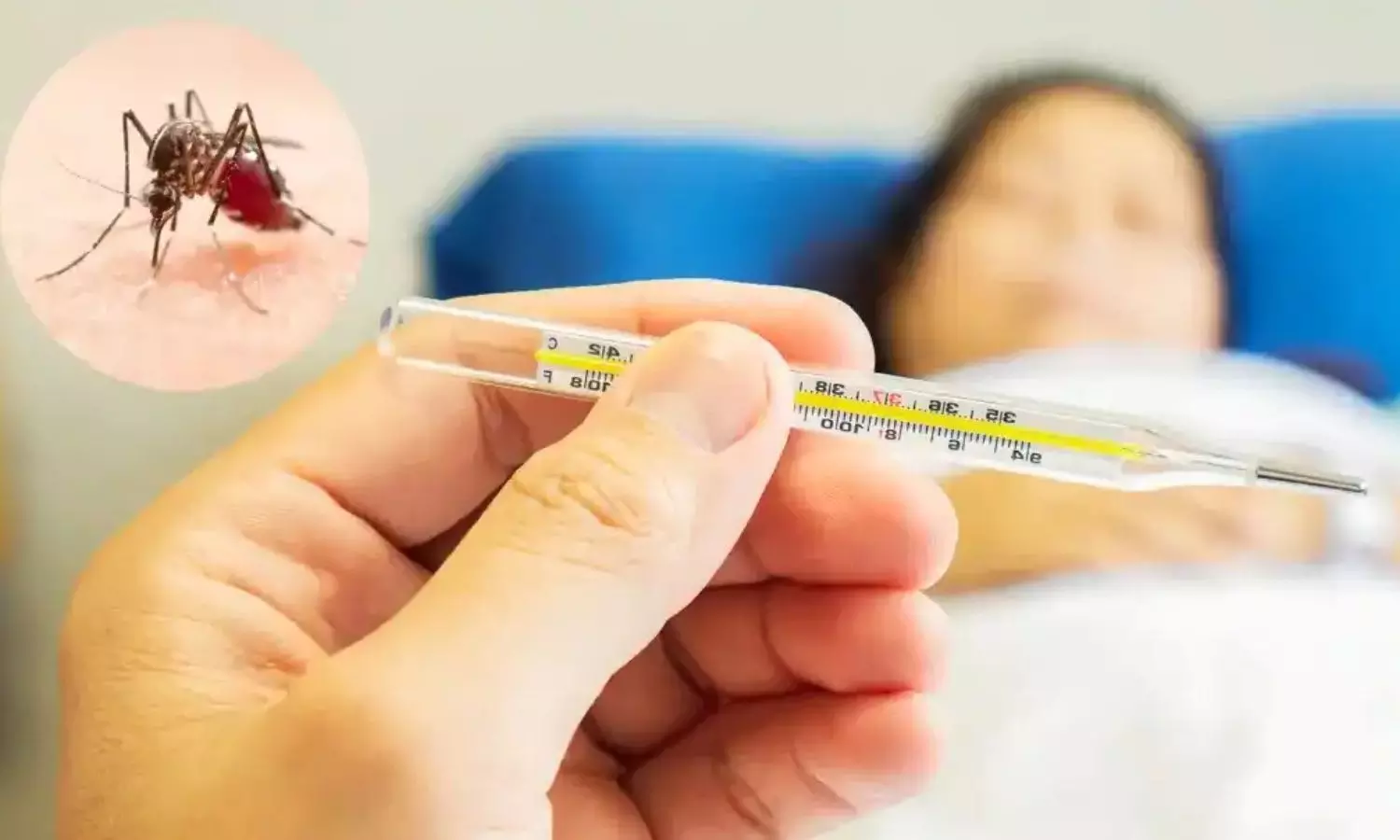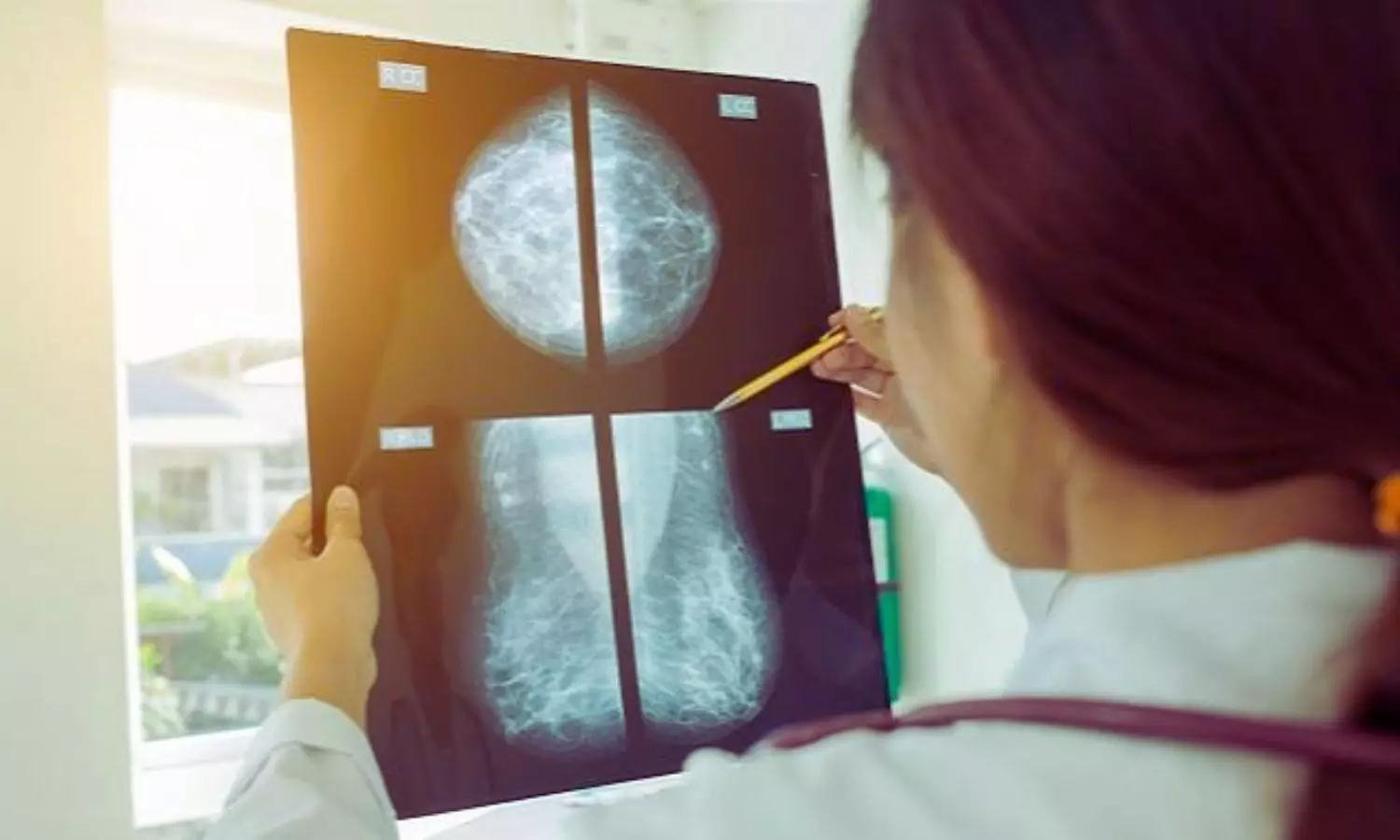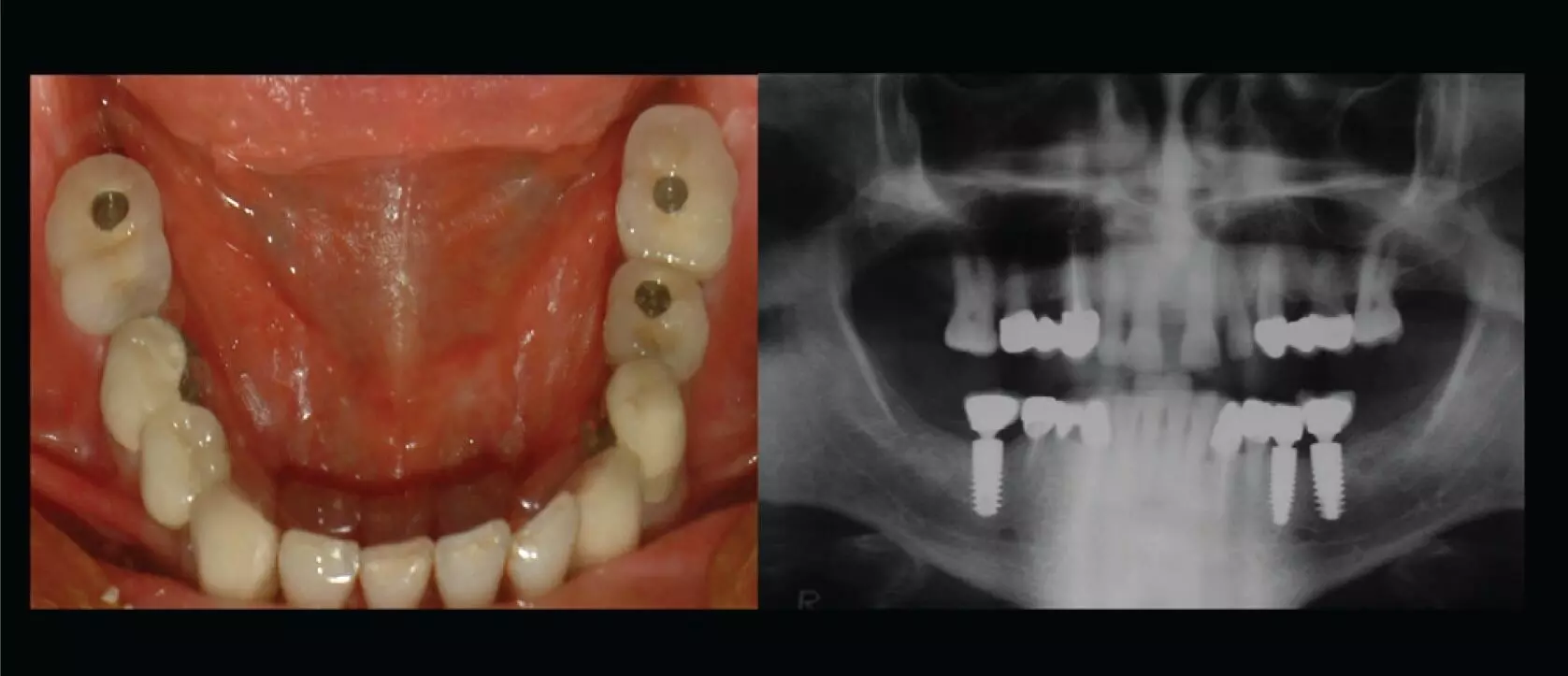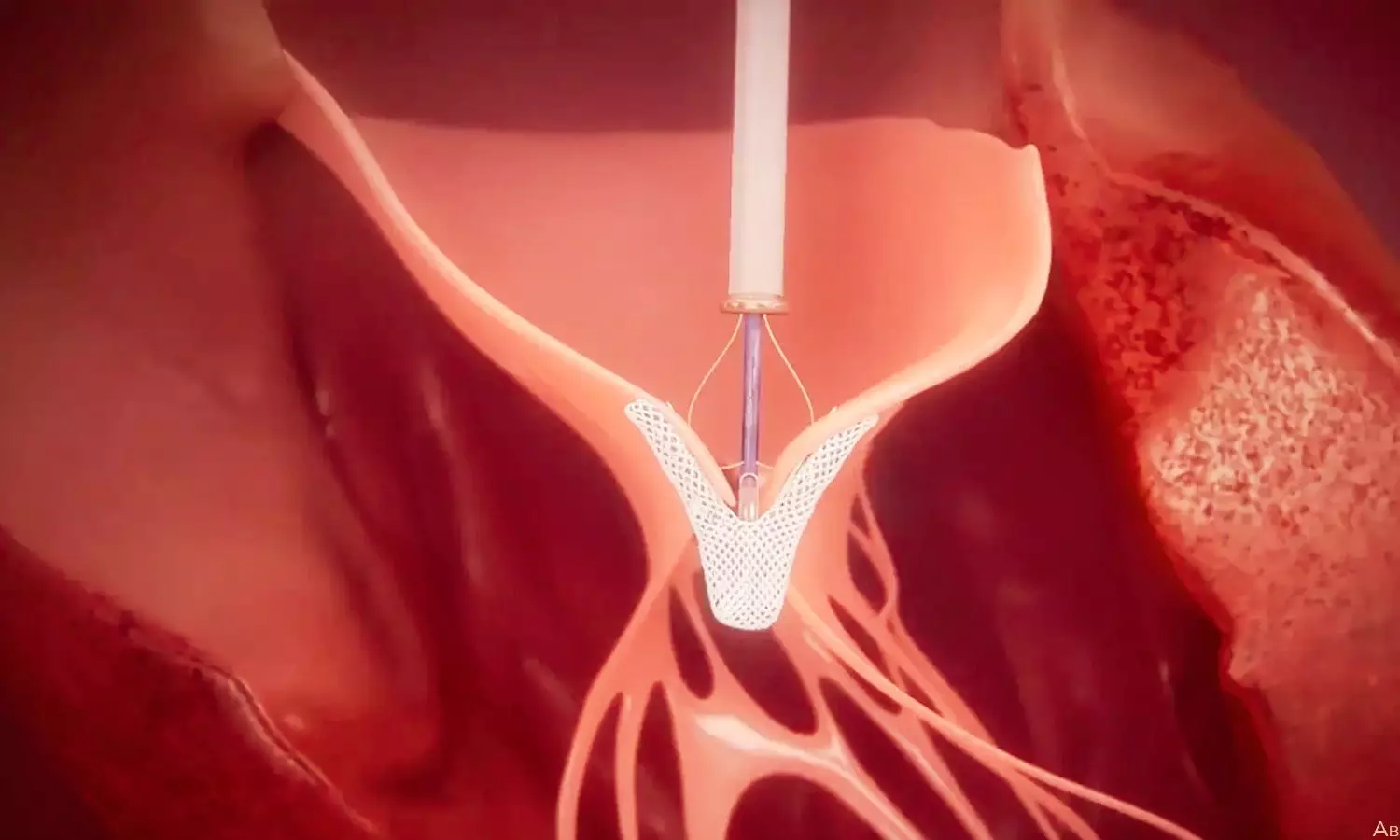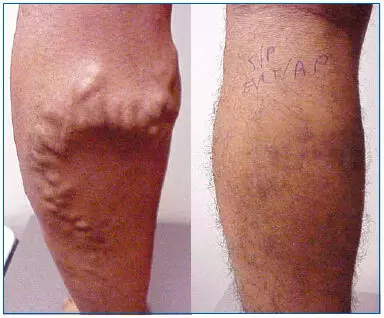Dr BSA Medical College Harassment Case: Health Dept asked to take disciplinary action against AP Pharmacology

New Delhi: Days after 13 female MBBS students of Dr Baba Saheb Ambedkar Medical College and Hospital, Delhi have accused an Assistant Professor of Pharmacology of sexual harassment, the Vigilance department has asked the Health department to send a proposal for initiating disciplinary action against the accused.
According to PTI, the 22-year-old medical student alleged that her professor “sexually harassed” her during a viva examination, police said on Monday.
A case has been registered under sections 354A (assault or criminal force to woman with intent to outrage her modesty) and 509 (word, gesture or act intended to insult the modesty of a woman) of the Indian Penal Code (IPC) against the accused, police said.
Medical Dialogues team recently reported that based on the complaint by the students, a case has been registered by the police. Meanwhile, soon after the matter came to light, a demonstration was organized by a women’s group and the protest soon manifested as a massive Public Outrage outside the college premises. Protesters were seen holding placards denouncing the accused professor and demanding justice.
Writing to the Principal of the medical college, a student belonging to the 2021 MBBS batch stated that the alleged incident took place during a practical exam in the pharmacology department.
In a formal letter addressed to the Secretary of the Health and Family Welfare Department, the Vigilance Directorate highlighted the significance of media reports regarding the incident.
“From the media, it is also observed that at least two students have recorded their statement under Section 164 of Cr. P.C. It is also reported in the media that the accused was arrested and was booked under sections 354(A) and 509 of the IPC,” said the directorate letter, news agency PTI reported.
“It is requested to send the proposal for initiating necessary disciplinary action against the accused professor to the Directorate of Vigilance, Delhi government, for placing before the Competent Authority as per extant rules,” it said.
The Health Department has so far not sent any file for taking disciplinary action against the accused, it added.
Powered by WPeMatico


